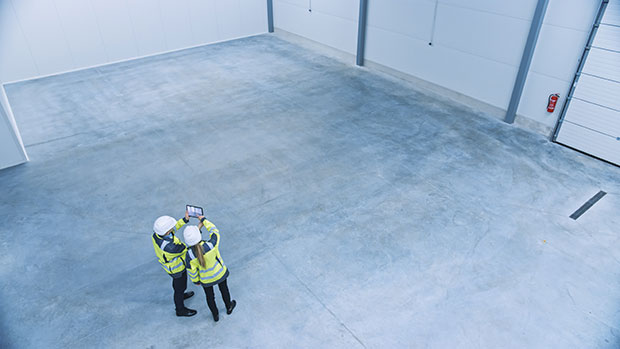A warehouse’s storage capacity is the amount of stock that can be held within the facility. This is typically defined as either the number of pallets or units/value of stock that can be accommodated. Once a warehouse exceeds its storage capacity, it will be unable to effectively receive additional goods, impacting on its ability to fulfil orders.

How to Increase warehouse storage capacity
1. Understand your current warehouse capacity
Begin with a clear-eyed audit of what you have:
Measure real utilisation: Compare total pallet or location slots to those actually occupied, and look inside each slot for wasted cube (e.g., half-full bins, excess headroom).
Check slotting and rack fit: Poor SKU placement, wrong beam heights, or forcing SKUs into unsuitable multi depth locations all burn space and time.
Validate safety and access: Narrow aisles or congested pick faces can compromise both productivity and compliance.
Review processes: Are replenishment or picking strategies creating bottlenecks? Operating at 100% fullness may look efficient on paper but usually slows replenishment, raises travel times, and hurts throughput.
2. Requirements definition
Build a material flow model: Project growth, seasonality, and inbound/outbound volumes. Use that to calculate storage needs for each media type—pallets, barrels, long goods, etc.—so you size the future mix correctly.
Consider segregation rules: Food, chemical, or hazardous goods may require vertical or horizontal separation (e.g., no liquids above powders), influencing layout and slotting rules.
Optimise inventory policy: ABC analysis, safety stock review, and SKU rationalisation can shrink what you must store before you invest in more space.
3. Explore storage optimisation options
Space Utilisation: Maximise building height and footprint. Tall buildings may benefit from VNA racking or automated cranes for better density and flexibility.
Access to Stock: Single-deep storage allows individual pallet access, while multi-depth storage suits bulk FMCG goods but requires careful SKU analysis.
FIFO Considerations: Pallet live racking supports FIFO, while pushback and drive-in racking limit individual pallet access. Semi-automated shuttles offer batch-level flexibility.
Offsite Storage: Useful for peak demand but adds costs.
Overall Costs: Factor in space, equipment depreciation, and productivity impact.
Operational Flow: Allow space for inbound/outbound staging and personnel movement to prevent bottlenecks.
Throughput Speed: Match storage systems to required retrieval rates; VNA racking, for example, limits aisle truck capacity.
You may need to engage with specialists who are experts in warehouse design and layout to help evaluate the possible alternative solutions and select the preferred option.
4. Develop a fully optimised solution
Detailed design & budgeting: Create drawings, slotting plans, CAPEX schedules, and MHE specs to validate costs and fit.
Operational impact analysis: Quantify changes to headcount, travel paths and shift patterns. Ensure the new design sustains required service levels.
Process & system updates: Adjust put-away rules, replenishment triggers, pick paths, and location numbering. Confirm WMS/WCS changes, label logic, and reporting tweaks.
Timeline & dependencies: Map phases, lead times for equipment, permitting, and installation. Include buffers for design refinements.
Continuity planning: If you’re retrofitting a live site, sequence migrations, temporary locations, labelling, and MHE training to keep “business as usual” running.
How can SCCG help?
When it comes to optimising storage capacity and achieving the right solutions for your storage needs, our company is here to help.
At SCCG, we specialise in providing comprehensive logistics consultancy services tailored to our client’s unique requirements. With years of industry expertise, we understand the critical importance of optimising storage space for enhancing supply chain performance.
Whether you need assistance with warehouse layout and design, or optimising your storage space, we have the knowledge and experience to help.




Comments are closed.